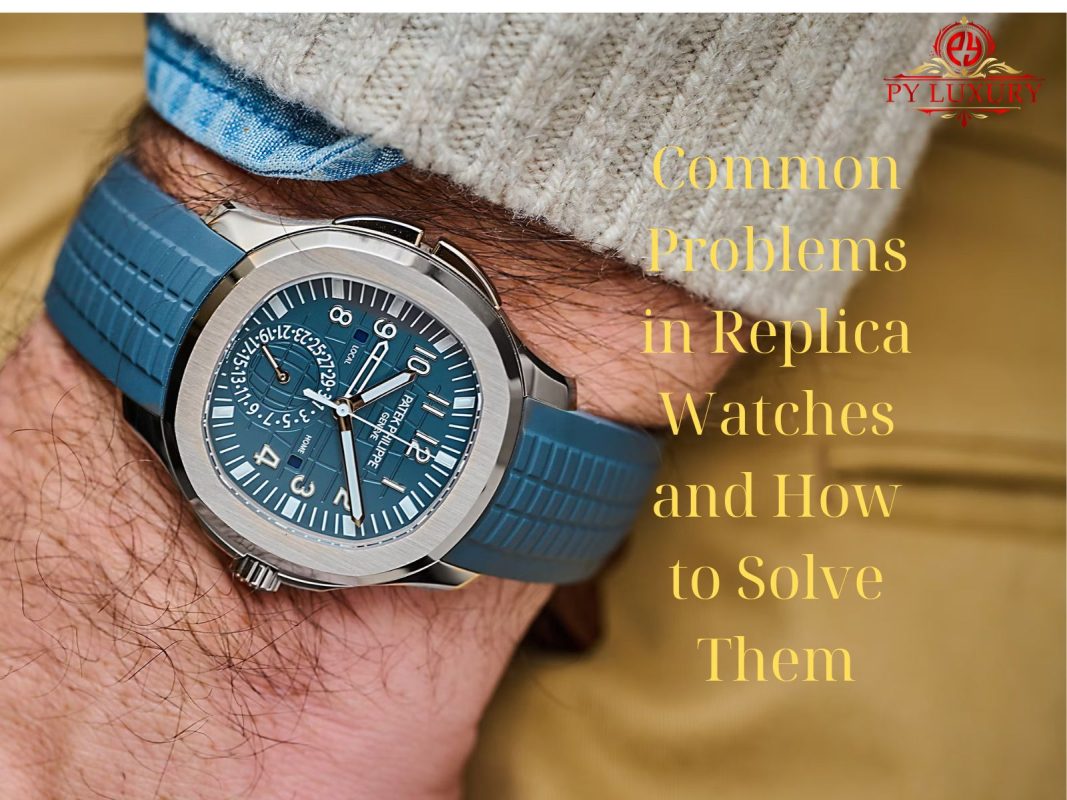Blog about Watches, Jewelry & Bags, Watch Blog
Common Problems in Replica Watches and How to Solve Them
Replica watches have surged in popularity over the years as an affordable alternative to luxury timepieces. They allow enthusiasts to experience the style and design of iconic watch brands at a fraction of the price. However, owning a replica watch also comes with its challenges. Unlike genuine luxury watches, which undergo rigorous quality control and are made from premium materials, replicas often compromise on craftsmanship, resulting in certain common issues. This article explores these problems in detail, provides practical solutions, and offers guidance on how to maintain your replica watch to ensure its longevity and optimal performance.
Understanding Replica Watches
Replica watches aim to replicate the look and feel of luxury timepieces, often mimicking the design, branding, and functionality of their genuine counterparts. They vary in quality depending on the materials used, the level of craftsmanship, and the movement installed.
- Basic Replicas: These watches are low-cost imitations with visible flaws, basic quartz or mechanical movements, and poor material quality. They are often referred to as “AAA replicas.”
- 1:1 Super Clones: These replicas are crafted with precision, often using CNC technology to replicate the dimensions and details of genuine watches. They may include Swiss movements and high-grade materials like sapphire crystal, 904L stainless steel, titanium or carbon fiber.
- Customized Replicas: Some sellers offer replicas with upgraded features, such as 18K solid gold, customized parts ( such as dial, calendar fonts,…) or enhanced movements, to improve performance and durability.
While high-quality replicas can be impressive, they still fall short of genuine watches in terms of reliability and durability, leading to common problems.
Read our article about comprehensive guide to know all about replica watches.
Common Problems in Replica Watches
1. Accuracy Issues
One of the most common problems with replica watches is inaccurate timekeeping. This is often due to lower-quality movements that lack the precision of those found in genuine watches. This problem mostly appear on basic replica watches because they used with low quality movement.
- Symptoms: The watch runs too fast or too slow, losing or gaining several seconds or even minutes daily.
- Examples: A low-quality replica Rolex Sky-Dweller might gain 20 seconds per day compared to the original’s 2-second deviation.
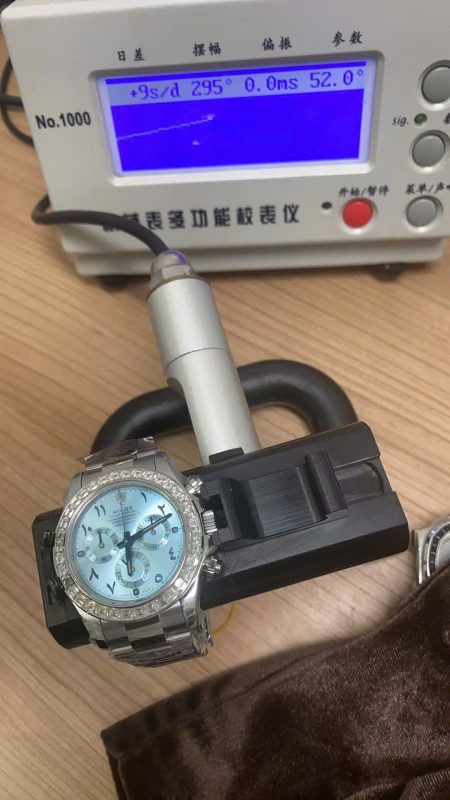
2. Water Resistance Failures
Replica watches often lack proper seals and gaskets to make them truly water-resistant, despite marketing claims. Watches without screw-down crowns are a major weak point for water resistance, significantly increasing the risk of damage.
- Symptoms: Fogging under the crystal, watermarks on the dial, or complete malfunction after exposure to moisture.
- Examples: A replica Hublot Classic Fusion labeled as water-resistant failing after exposure to rain or hand washing.
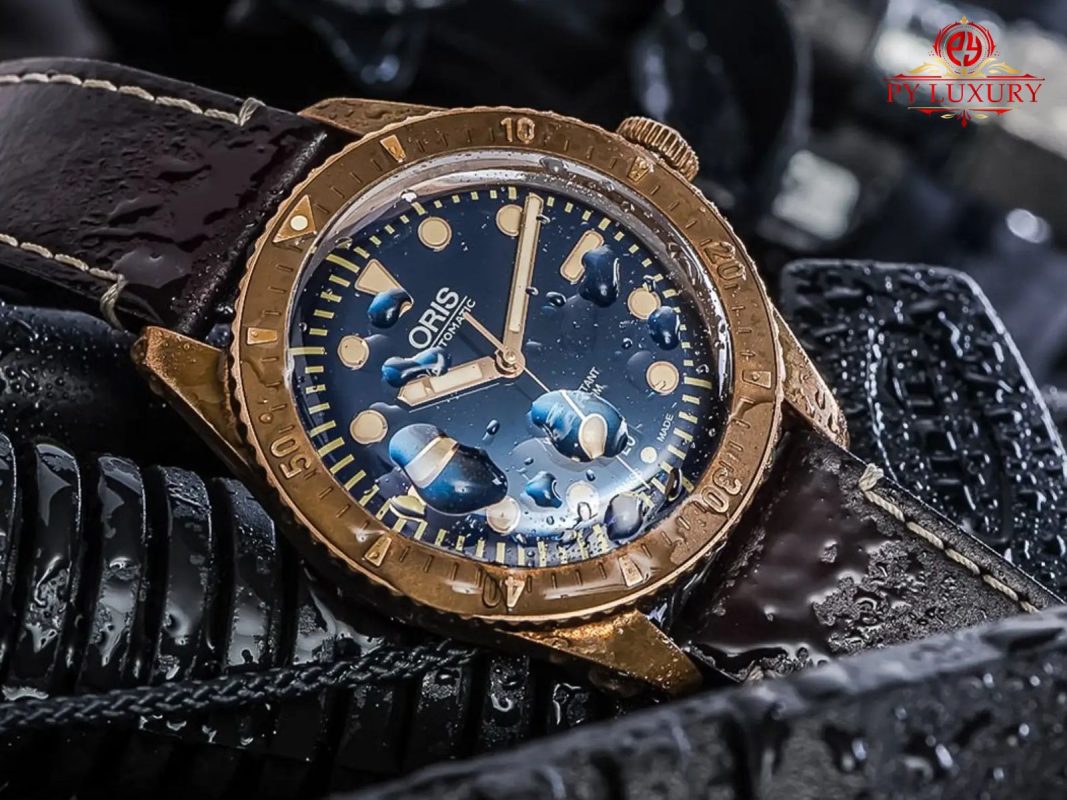
3. Material and Finish Degradation
The materials used in replicas, such as plated metals and synthetic leather, often wear out faster than those in genuine luxury watches.
- Symptoms: Tarnished metal, faded gold plating, scratched surfaces, or cracked leather straps.
- Examples: A low-quality gold-tone replica watch that begins to fade within weeks of regular use.
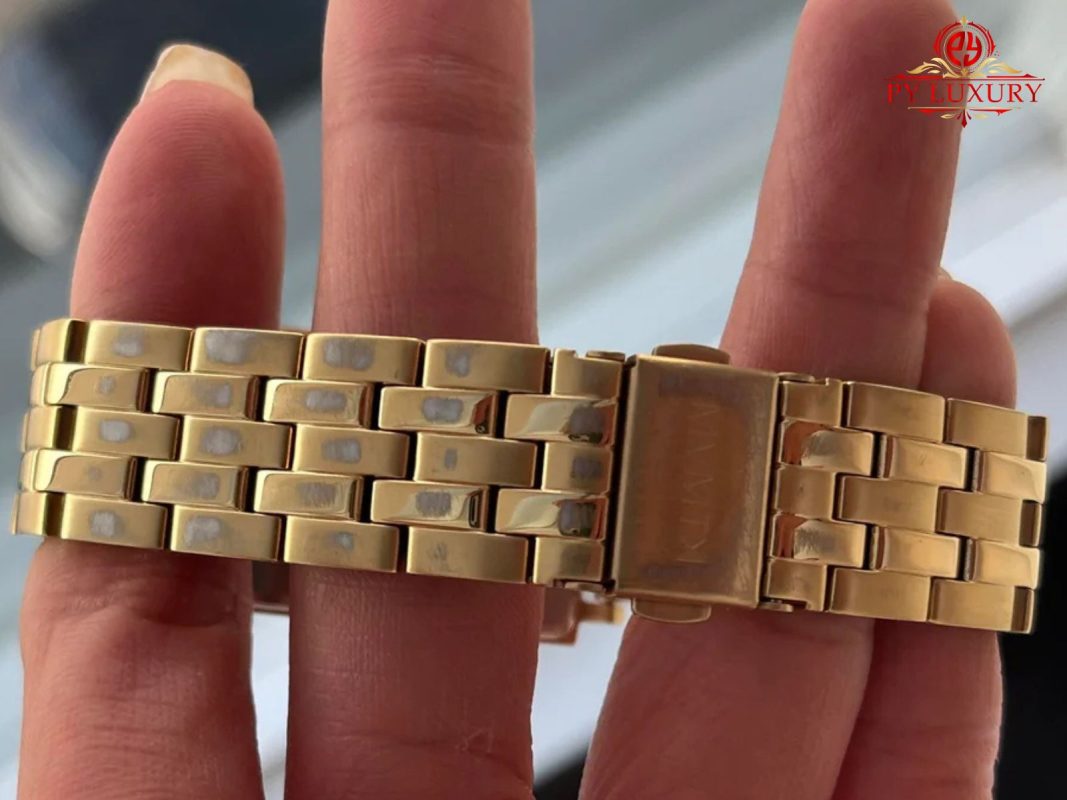
4. Poor Luminosity
Luxury watches use premium luminous materials like Super-LumiNova, which glow brightly in the dark. Replica watches often use cheaper alternatives.
- Symptoms: Dim or uneven glow, fading quickly after exposure to light.
- Examples: A low-quality replica Panerai with lume that barely lasts a few minutes in the dark.
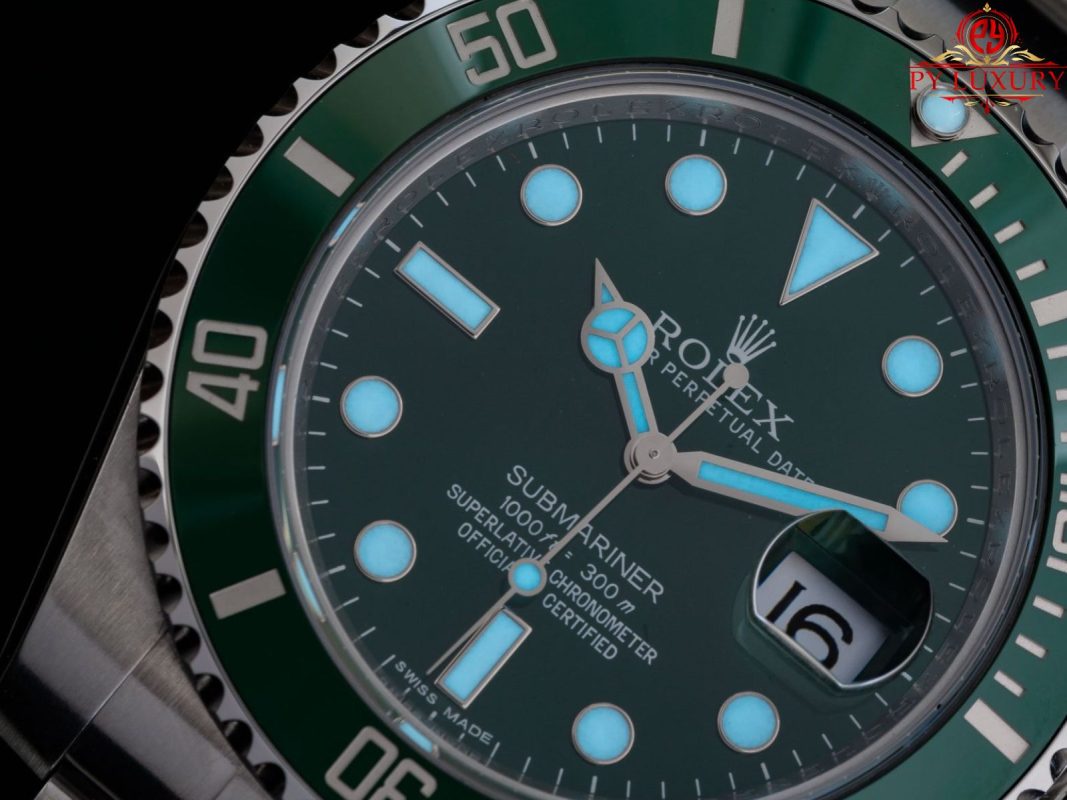
5. Mechanical Malfunctions
Poor assembly and substandard components can result in mechanical issues, such as stuck crowns, misaligned hands, or non-functional complications.
- Symptoms: Difficulty winding the crown, date windows not aligning properly, or chronograph functions failing to reset.
- Examples: A low-quality replica Breitling chronograph with buttons that feel loose or fail to respond.
6. Limited Longevity
Without proper care and maintenance, replica watches often wear out quickly due to the use of lower-quality materials.
- Symptoms: Reduced power reserve, noisy movement, or complete mechanical failure.
- Examples: An automatic replica watch stopping frequently despite regular wear.
Solutions for Common Replica Watch Problems
1. Improving Accuracy
To address timekeeping issues, the movement can either be serviced or replaced with a higher-quality alternative.
Solutions:
- Have the watch serviced by a professional to regulate the movement and clean internal components.
- Upgrade to a Swiss ETA or Miyota movement for improved accuracy and reliability.
Tips: Avoid exposing the watch to extreme temperatures or magnetic fields, which can affect accuracy.
2. Enhancing Water Resistance
Most replica watches can be made more water-resistant with minor modifications.
Solutions:
- Install high-quality rubber gaskets on the crown and case back.
- Apply waterproof lubricants to seals and conduct water resistance testing with a pressure tester.
Tips: Even with improvements, avoid submerging replica watches in water unless they have been professionally tested.
3. Preserving Materials and Finish
Proper care can significantly prolong the appearance of your replica watch.
Solutions:
- Use a microfiber cloth to clean metal surfaces and remove fingerprints.
- Polish scratches using specialized polishing compounds designed for watch cases and bracelets.
- Apply leather conditioner to straps to prevent cracking and discoloration.
Tips: Store the watch in a protective case or pouch when not in use to avoid exposure to dust and humidity.
4. Improving Luminosity
Lume issues can be addressed by reapplying high-quality luminous material.
Solutions: Seek professional re-luming services using materials like Super-LumiNova for better brightness and longevity.
Tips: Avoid DIY lume kits, as uneven application can damage the dial.
5. Preventing Mechanical Malfunctions
Regular maintenance is key to preventing mechanical problems in replica watches.
Solutions:
- Ensure the crown and pushers are used gently to avoid internal damage.
- Have the movement cleaned and lubricated every 1–2 years to ensure smooth operation.
Tips: Avoid over-winding manual movements or pulling the crown too forcefully.
6. Extending Longevity
Proper care and usage habits can make a replica watch last significantly longer.
Solutions:
- Rotate between multiple watches to reduce wear on a single piece.
- Use a watch winder for automatic watches when not in use to maintain the power reserve.
Tips: Avoid wearing the watch during high-impact activities to prevent shock damage.
Pro Tips for Replica Watch Owners
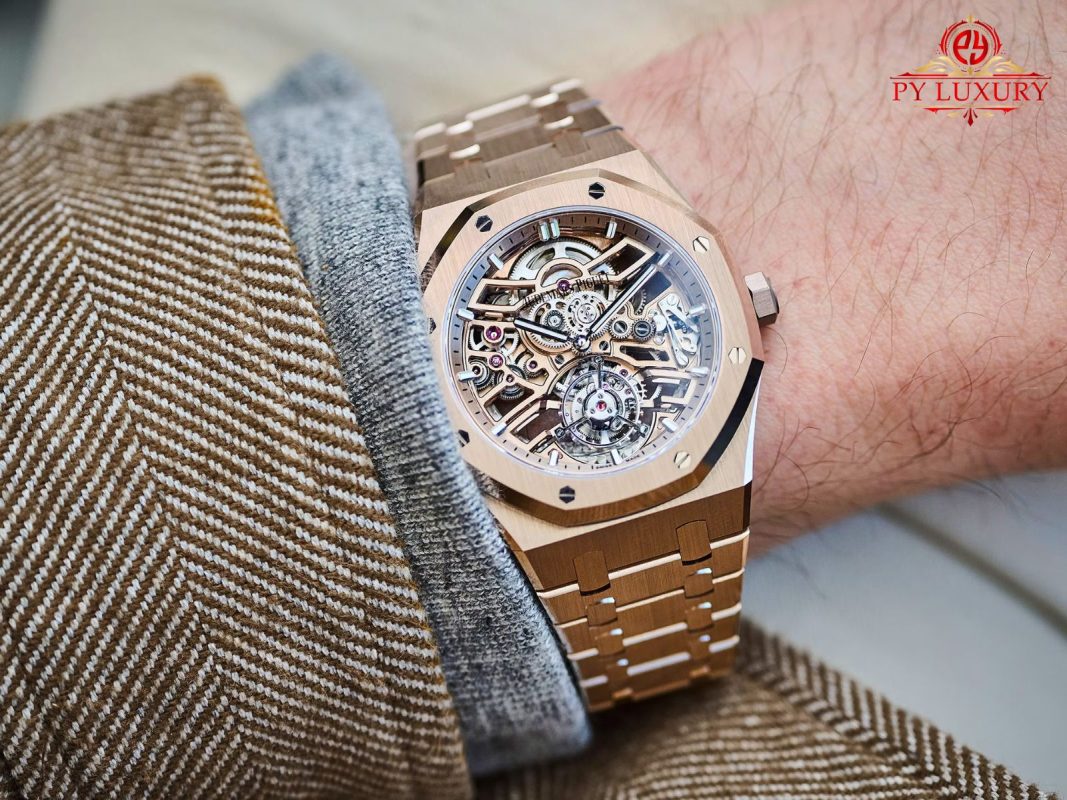
1. Clean Your Watch Regularly
- For metal cases and bracelets, use a damp cloth or soft toothbrush with mild soapy water.
- For leather straps, avoid water; instead, wipe them with a soft cloth and apply leather care products.
2. Store Your Watch Properly
- Use a watch box or roll with individual compartments to protect against scratches.
- Store watches in a cool, dry place to prevent damage from humidity or extreme temperatures.
3. Monitor Power Reserve
- Automatic watches should be worn or wound regularly to keep them running. If they stop frequently, it may be time for servicing.
Choosing a High-Quality Replica Watch
To minimize potential problems, it’s essential to purchase replicas from reputable sellers who prioritize quality.
1. Research the Seller
- Check reviews and ratings to ensure the seller is trustworthy.
- Look for detailed product descriptions, including specifications about movement and materials.
2. Inspect Key Features
- Examine branding details, such as logos and engravings, for accuracy.
- Check the movement type and ensure it matches the description.
3. Consider After-Sales Support
- Reputable sellers often offer warranties and repair services.
- Confirm that the seller provides clear return policies and customer support.
Read our article about recommendation of top 10 best 1:1 replica watches worth buying.
When to Seek Professional Help
Certain problems require professional intervention to avoid further damage:
- Inconsistent Timekeeping: Excessive deviation indicates movement issues that need servicing.
- Moisture Inside the Case: Fogging or watermarks must be addressed immediately to prevent corrosion.
- Mechanical Failure: Malfunctions like jammed crowns or misaligned hands should be repaired by a qualified watchmaker.
Conclusion
Replica watches offer an accessible way to enjoy the aesthetics and functionality of luxury timepieces, but they come with unique challenges. By understanding common problems and implementing the solutions provided in this guide, owners can extend the life of their watches and ensure a better ownership experience.
Whether you’re a first-time buyer or a seasoned enthusiast, investing in a high-quality replica and maintaining it properly is key to long-term satisfaction. With the right care and professional support, your replica watch can remain a stylish and reliable accessory for years to come.
If you have further questions or need personalized advice, feel free to reach out Py-Luxury – we’re here to help you enjoy your timepiece to the fullest!

